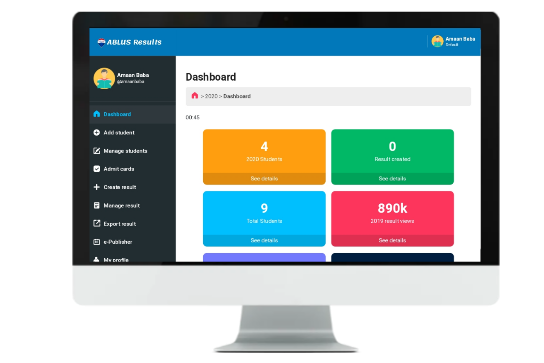
Advertising is a marketing communication that employs an openly sponsored, non-personal message to promote or sell a product, service or idea. Sponsors of advertising are typically businesses wishing to promote their products or services. Commercial ads often seek to generate increased consumption of their products or services through "branding". Advertising may also help to reassure employees or shareholders that a company is viable or successful.
Sponsors of advertising are typically businesses wishing to promote their products or services. Advertising is communicated through various mass media, including traditional media such as newspapers, magazines, television, radio, outdoor advertising or direct mail; and new media such as search results, blogs, social media, websites or text messages. The actual presentation of the message in a medium is referred to as an advertisement, or "ad" or advert for short.
Worldwide spending on advertising in 2015 amounted to an estimated $529.43(USD) billion. Advertising's projected distribution for 2017 was 40.4% on TV, 33.3% on digital, 9% on newspapers, 6.9% on magazines, 5.8% on outdoor and 4.3% on radio.
The rise of mass media communications allowed manufacturers of branded goods to bypass retailers by advertising directly to consumers. This was a major paradigm shift which forced manufacturers to focus on the brand and stimulated the need for superior insights into consumer purchasing, consumption and usage behaviour; their needs, wants and aspirations.
- Television: Television advertising is one of the most expensive types of advertising; networks charge large amounts for commercial airtime during popular events.
- Radio: Radio advertisements are broadcast as radio waves to the air from a transmitter to an antenna and a thus to a receiving device. Airtime is purchased from a station or network in exchange for airing the commercials. While radio has the limitation of being restricted to sound, proponents of radio advertising often cite this as an advantage. Radio is an expanding medium that can be found on air, and also online.
- Internet: Online advertising is a form of promotion that uses the Internet and World Wide Web for the expressed purpose of delivering marketing messages to attract customers. Online ads are delivered by an ad server. Examples of online advertising include contextual ads that appear on search engine results pages, banner ads, in pay per click text ads, rich media ads, Social network advertising, online classified advertising, advertising networks and e-mail marketing, including e-mail spam
- Print: Print advertising describes advertising in a printed medium such as a newspaper, magazine, or trade journal. This encompasses everything from media with a very broad readership base, such as a major national newspaper or magazine, to more narrowly targeted media such as local newspapers and trade journals on very specialized topics. One form of print advertising is classified advertising, which allows private individuals or companies to purchase a small, narrowly targeted ad paid by the word or line. Another form of print advertising is the display ad, which is generally a larger ad with design elements that typically run in an article section of a newspaper
- Outdoor: Billboards, also known as hoardings in some parts of the world, are large structures located in public places which display advertisements to passing pedestrians and motorists. Most often, they are located on main roads with a large amount of passing traffic; however, they can be placed in any location with large numbers of viewers, such as on mass transit vehicles and in stations, in shopping malls or office buildings, and in stadiums.
- Novelties: Advertising printed on small tangible items such as coffee mugs, T-shirts, pens, bags, and such is known as novelty advertising. Some printers specialize in printing novelty items, which can then be distributed directly by the advertiser, or items may be distributed as part of a cross-promotion.



